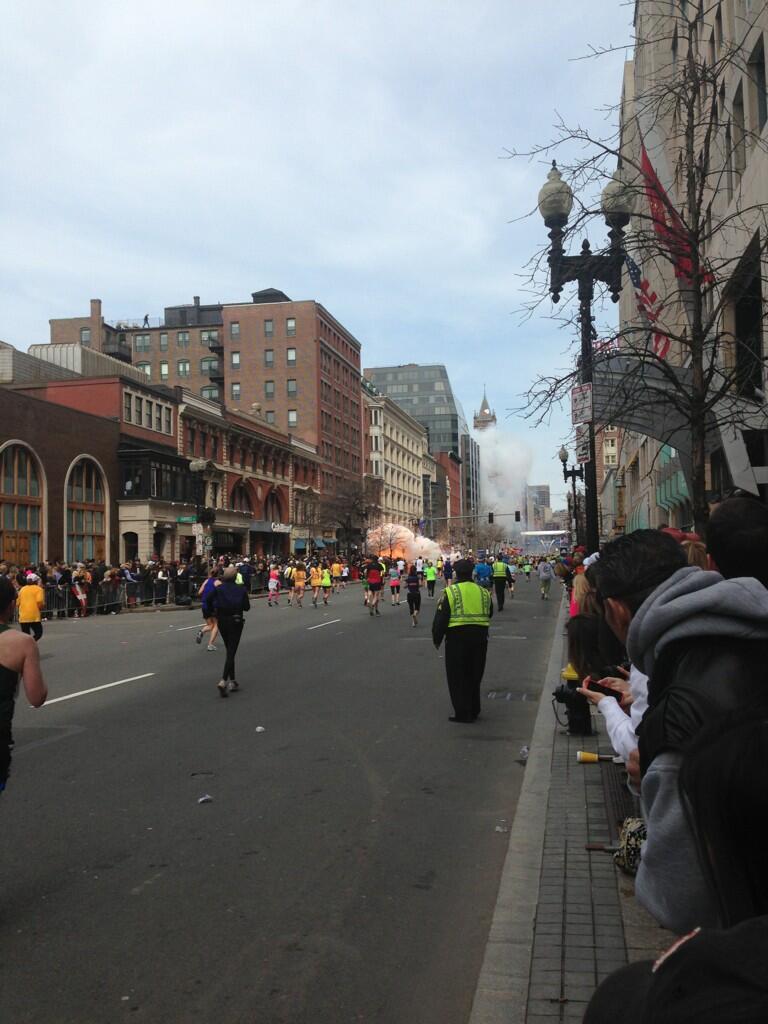My latest post dealt with the wrong tone adopted by the St Louis County PD AFTER the crisis had subsided somewhat. And, today, things got worse when the Chief of the Ferguson PD issued an apology to Michael Brown's family via video ...
Let's dissect this latest misstep ... the "art of the apology" (you can listen to a podcast on what makes a good apology here) is something hard to master and I guess we could give some leeway to the Chief ... However, his department and others in the St Louis area have shown so much incompetence throughout this whole ordeal ...I'm not really inclined to cut them any slack.
Let's get started ...
First, the apology comes weeks too late (you can view the whole video here) ... it's something almost universally noted by PR pros and news organizations.
Second, if you're going to apologize to a victim's family ...I'd suggest you do it IN PERSON ... not through a video ... seems like the family hasn't seen it ... Now, if you want to apologize to a community ... MAYBE a video is a good idea ... not sure in this case.
Third, the style of the video is wrong ... not sure about the appearance of sincerity ... very slick production ... which might detract from the sentiment ... a little more of the PD and a little less of the PR firm's grip on this would have been better ...
 Fourth, although some might disagree, Chief Tom Jackson SHOULD HAVE WORN HIS UNIFORM in the video ... Here's my reasoning ... in the hours/days that followed the Michael Brown shooting and when the victim's reputation was being attacked ... the Chief WAS IN UNIFORM ... conveying the full authority of his function ...
Fourth, although some might disagree, Chief Tom Jackson SHOULD HAVE WORN HIS UNIFORM in the video ... Here's my reasoning ... in the hours/days that followed the Michael Brown shooting and when the victim's reputation was being attacked ... the Chief WAS IN UNIFORM ... conveying the full authority of his function ... 
To apologize in civilian clothes minimizes the importance of the apology (and perhaps positions the apology as a personal act as opposed to an official one ...)
The Ferguson PD and the town are now relying on two PR firms to advise them ... one to handle the media ... the other to come up with the strategic comms to help them get over the crisis. That's even now part of the overall story ... and as the video illustrates ... maybe not for the better ...
My take? Things are not getting better ... the public's perception of law enforcement in the Ferguson area is not being helped by things like the bracelet worn by officers.
In the greater scheme of things though ... an apology however late it might be or too PR-slick ... is still better than shooting rubber bullets at the media ... bombarding civilians with tear gas or just plain intimidating people ... So, a good step.







